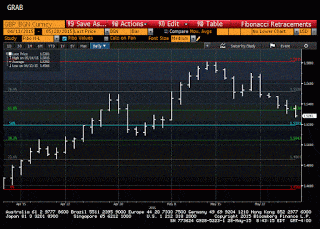The Market Reaction to the Yuan Subsides
It is understandable. China’s move on Tuesday caught the market off-guard. After seemingly re-pegging the yuan to the dollar, it pushed it reset the yuan to the lower end of its 2% band and announced a new mechanism that seems still to be largely a “black box”, in the sense of lacking much transparency.





